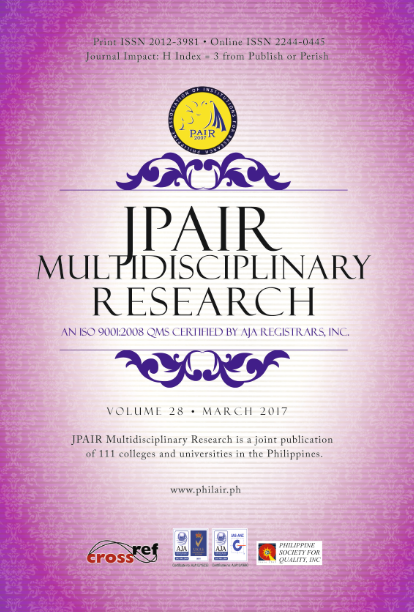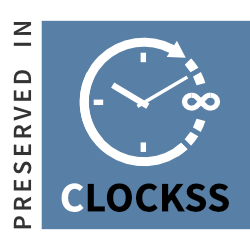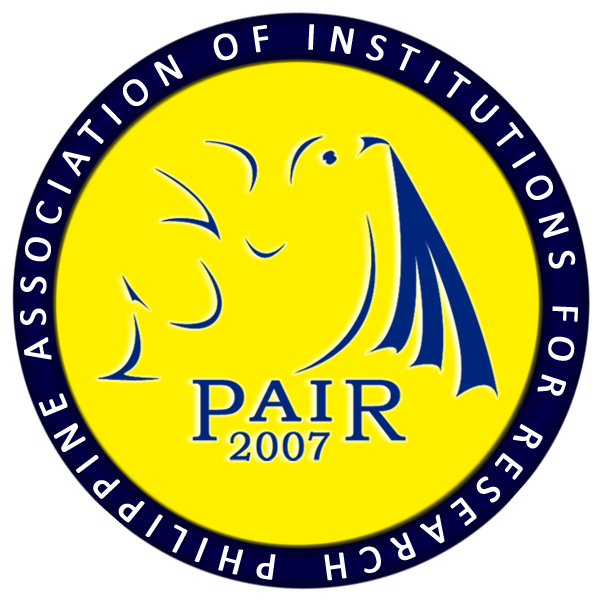Effectiveness of Understanding by Design and Computer-Aided Instruction in Learning Mathematics II
DOI:
https://doi.org/10.7719/jpair.v28i1.504Keywords:
Mathematics Education, Computer-Aided Instruction, learning, experimental-descriptive design, PhilippinesAbstract
The academic achievements of students in Mathematics greatly depend on the effectiveness of teaching methodologies employed in the classroom. Thus, it is the task of mathematics teachers to evaluate persistently the teaching and learning process in mathematics subjects as part of curriculum development and students' evaluation process. The experimental-descriptive design was used to compare the effectiveness of Understanding by Design (UBD) and Computer-Aided Instruction (CAI) on students' test scores and determinants of learning which includes motivation, concept formation, application and retention, in learning special products and factoring. The respondents composed of 50 second-year high school students from Zambales National High School and Botolan National High School. A pretest and a posttest were administered before and after the instruction using UBD and CAI, respectively, to measure the student performance. A Likert-type perception instrument was used to assess the effectiveness of UBD and CAI on the particular learning aspects. The values for the pretest and posttest mean, median and modal scores were significantly higher for CAI than for UBD. There is moderately low positive correlation between the students' performance and perception under UBD instruction and very low positive correlation under CAI instruction. It is recommended that the CAI-based learning method be used to supplement UBD-based instruction to provide students with frequent, immediate and adequate feedback in the traditional classroom practice.
Downloads
References
Ali, A. & Elfessi, A. (2004). Examining students’ performance and attitudes towards the use of Information Technology in a Virtual and Conventional setting. Journal of Interactive Online Learning, 2 (3). Retrieved from http://www.ncolr.org/jiol
Downloads
Published
Issue
Section
License
Copyright (c) 2017 Rachelle C. Diviva

This work is licensed under a Creative Commons Attribution-NonCommercial 4.0 International License.
Open Access. This article published by JPAIR Multidisciplinary Research is licensed under a Creative Commons Attribution-Noncommercial 4.0 International (CC BY-NC 4.0). You are free to share (copy and redistribute the material in any medium or format) and adapt (remix, transform, and build upon the material). Under the following terms, you must give appropriate credit, provide a link to the license, and indicate if changes were made. You may do so in any reasonable manner, but not in any way that suggests the licensor endorses you or your use. You may not use the material for commercial purposes.




















